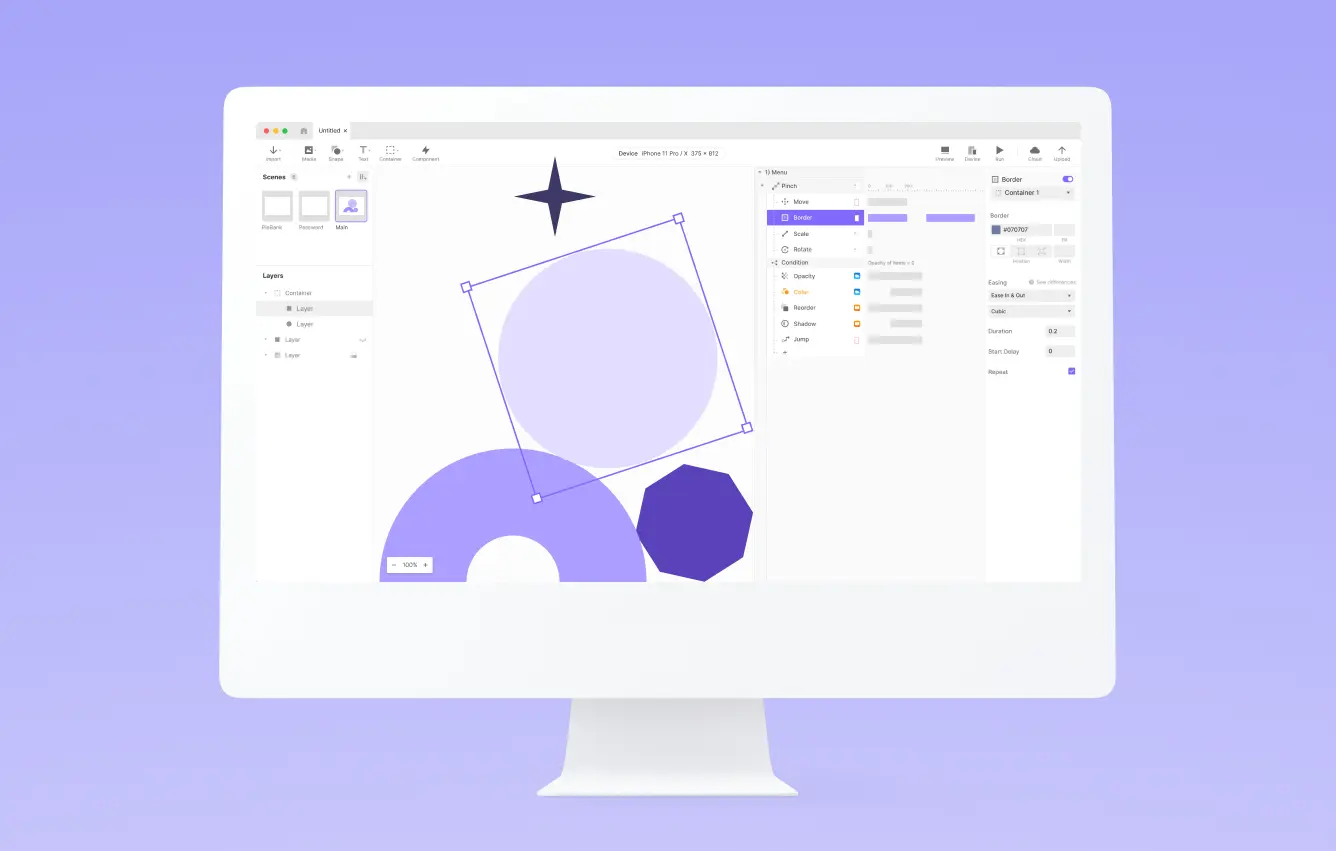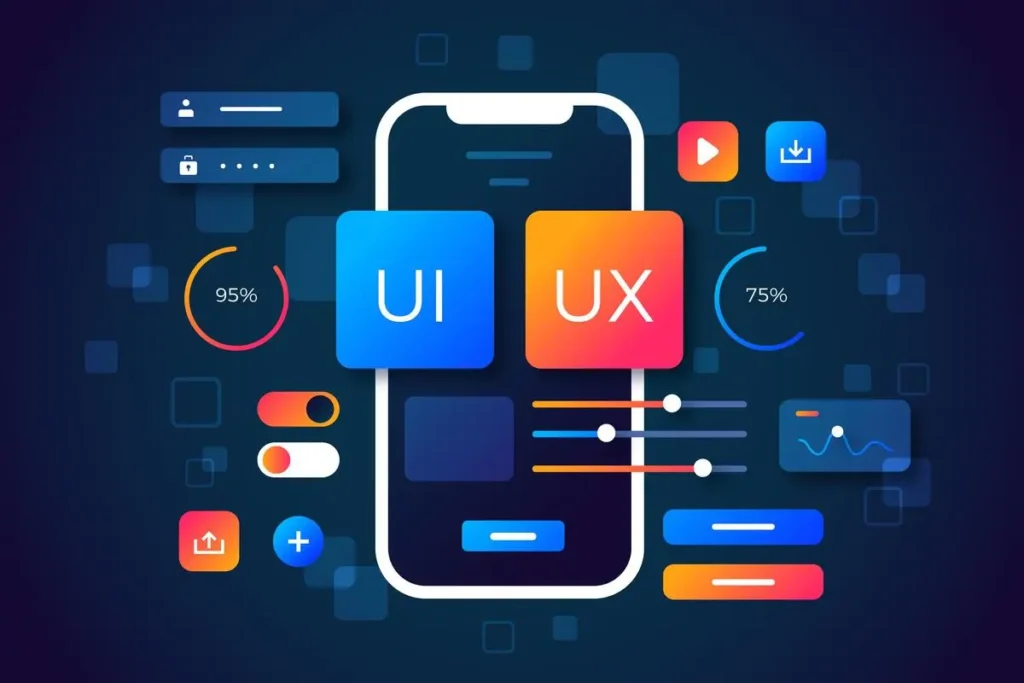In the world of UX/UI design, creating interactive and realistic prototypes is crucial for testing user experiences before they go live. ProtoPie is a leading tool in this space, offering designers the ability to craft complex interactions and transitions without writing a single line of code. By focusing on interaction design, ProtoPie helps teams bring their ideas to life in a way that’s both powerful and accessible.
Why ProtoPie Stands Out in Interaction Design
ProtoPie shines in its ability to create highly interactive prototypes that feel like the final product. Unlike other prototyping tools that may limit you to basic transitions and animations, ProtoPie allows for the creation of advanced interactions, including multi-touch gestures, voice commands, and device sensors. This flexibility ensures that designers can replicate real-world scenarios and test how users will interact with the app in various contexts.
The tool’s no-code interface is intuitive, allowing even non-developers to build complex interactions through a visual interface. ProtoPie’s “pie” concept—an approach where each interaction is broken down into trigger, response, and object—makes the process of creating interactions straightforward and easy to understand. This visual logic helps teams prototype intricate flows and functionalities while keeping the design process efficient.
Advanced Interactions with Ease
One of ProtoPie’s standout features is its ability to simulate advanced interactions. Whether you want to design for drag-and-drop functionality, simulate interactions across multiple devices, or use native device sensors like the accelerometer, ProtoPie makes it possible. This opens up endless possibilities for designers to experiment with different user flows and design more engaging experiences.
ProtoPie also supports conditional logic, meaning you can create prototypes that adapt to user input, making the experience feel truly dynamic. This capability is invaluable when testing complex user journeys, as it allows designers to anticipate and address potential issues before moving into development.
Collaborative Prototyping
ProtoPie isn’t just a tool for designers; it’s built with collaboration in mind. Teams can share prototypes across departments, gather feedback, and iterate quickly. The cloud-based sharing and collaboration features allow stakeholders to experience the prototype in real-time on actual devices, providing a clear understanding of how the final product will function.
Integration with popular design tools like Sketch, Figma, and Adobe XD means that teams can easily import their designs into ProtoPie and start creating interactions without missing a beat. This seamless workflow helps maintain consistency across the design process and ensures that everyone is aligned on the user experience goals.
Realism Without Development
ProtoPie’s ability to create realistic prototypes without needing development resources is a game-changer for design teams. By allowing designers to simulate near-final experiences, it helps catch potential issues early on, reducing costly changes during development. The prototypes created in ProtoPie are so close to the final product that they can be used for user testing, providing valuable insights before any code is written.
This realism also helps bridge the gap between designers and developers. When it’s time to hand off the design, developers have a much clearer understanding of how the interactions should function, reducing misunderstandings and ensuring a smoother development process.
The Future of Prototyping
As digital experiences become more interactive and dynamic, the need for advanced prototyping tools like ProtoPie will only increase. ProtoPie is at the forefront of this evolution, offering designers the tools they need to push the boundaries of what’s possible in interaction design. Whether you’re designing for mobile apps, websites, or even smart devices, ProtoPie equips you with the capabilities to bring your prototypes to life in ways that were once only possible with extensive coding.
By simplifying complex interactions and enabling realistic user testing, ProtoPie empowers design teams to innovate faster and deliver better user experiences. If you’re looking to elevate your prototyping process and explore new possibilities in interaction design, ProtoPie is the tool that will help you get there.






